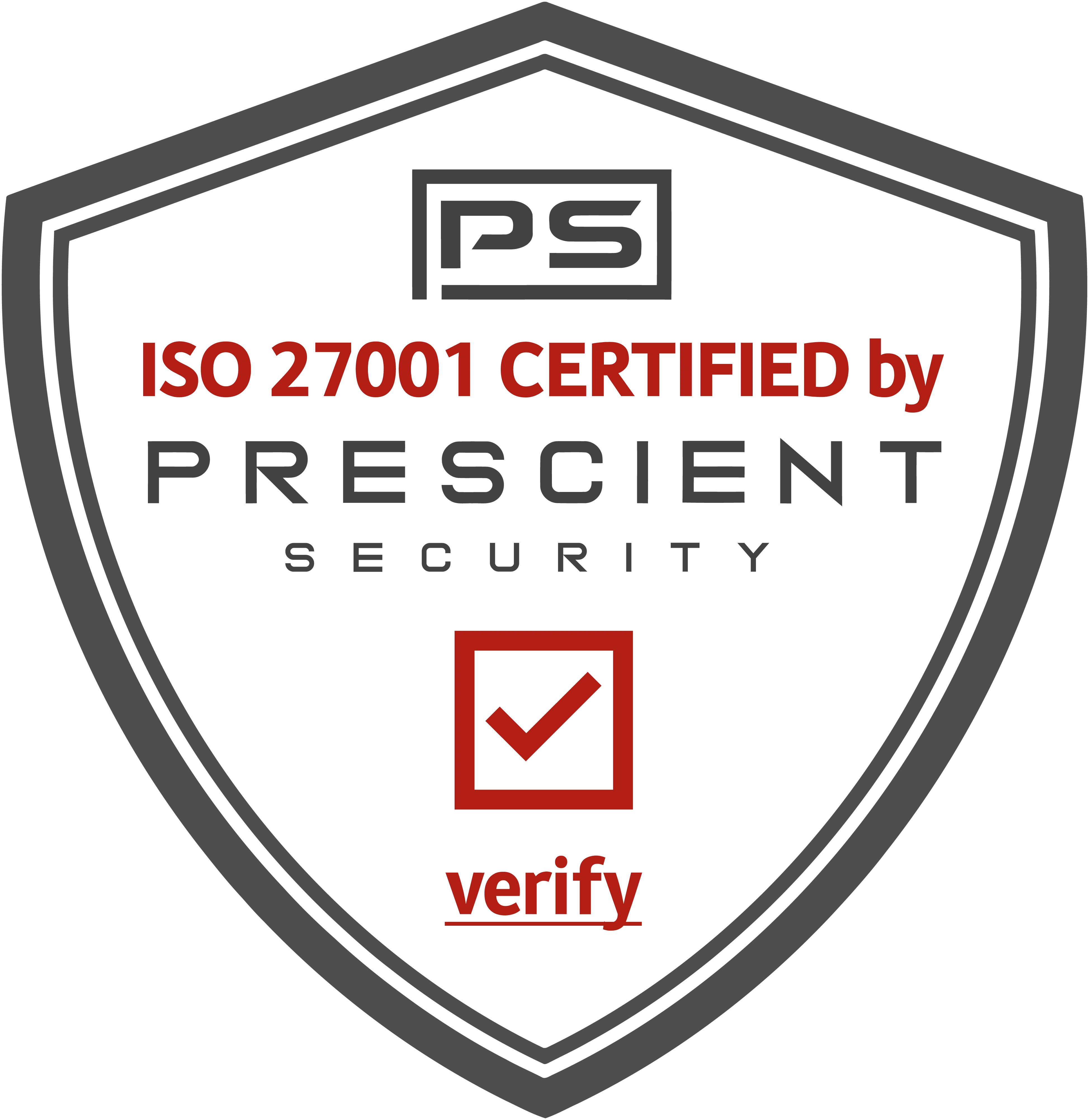How the VR Event Is Stealing the Spotlight in 2025

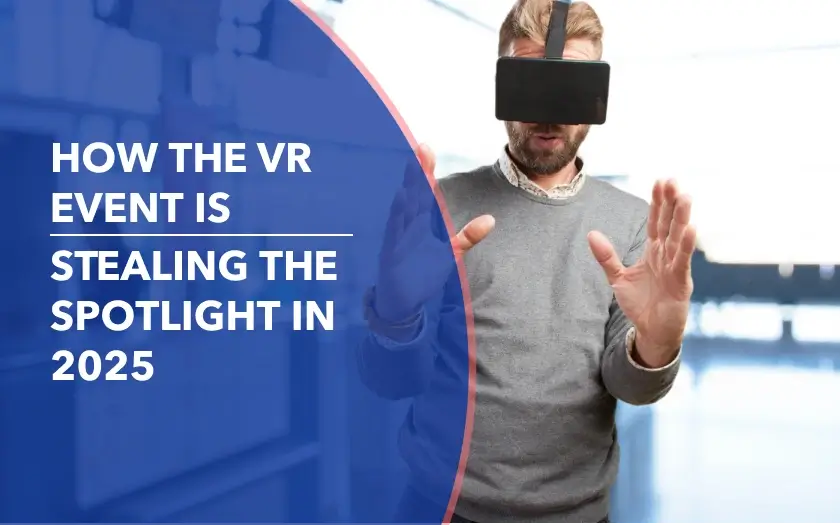
The idea of a VR event has been floating around for years, but in 2025, it’s finally starting to live up to the promise. For many organizers, it’s been something to admire from a distance: cool in theory, clunky in practice.
But in 2025, that’s starting to shift.
As highlighted in the State of XR and AI in Events 2025 Q2 Field Report by Events.com, VR is finding a more practical role in the event world. From immersive product demos to virtual brand activations, organizers are beginning to adopt VR in ways that enhance engagement, without overwhelming attendees or teams.
This article takes a closer look at that shift, exploring what VR for events really means, and diving deeper into how it’s being used today. Not just what’s new, but what actually works.
{{table-of-contents}}
6 Types of VR Events and Experiences
While full-scale VR adoption is still evolving, several use cases are already proving their value across different event formats. As outlined in the State of XR and AI in Events 2025 Q2 Field Report, the most effective applications of VR in events are not about spectacle, they're about solving real problems, delivering value, and enhancing the attendee experience in meaningful ways.
Rather than replacing the entire event experience though, most organizers are integrating VR as immersive moments within the event, from a single branded activation to a hands-on product demo or training session. In other words, we’re not talking about hosting a full VR event just yet, but about adding virtual touchpoints that elevate real-world engagement.
Let’s start with one of the most practical and impactful use cases.
1. Immersive Product Demonstrations
For products that are too large, complex, or impractical to bring to an event, VR is becoming the go-to solution. From construction equipment to luxury real estate, immersive product demos allow attendees to explore features, interact with models, and gain a hands-on feel, without the shipping costs or setup stress.
Real-World VR Event Example: JLG Industries at ConExpo
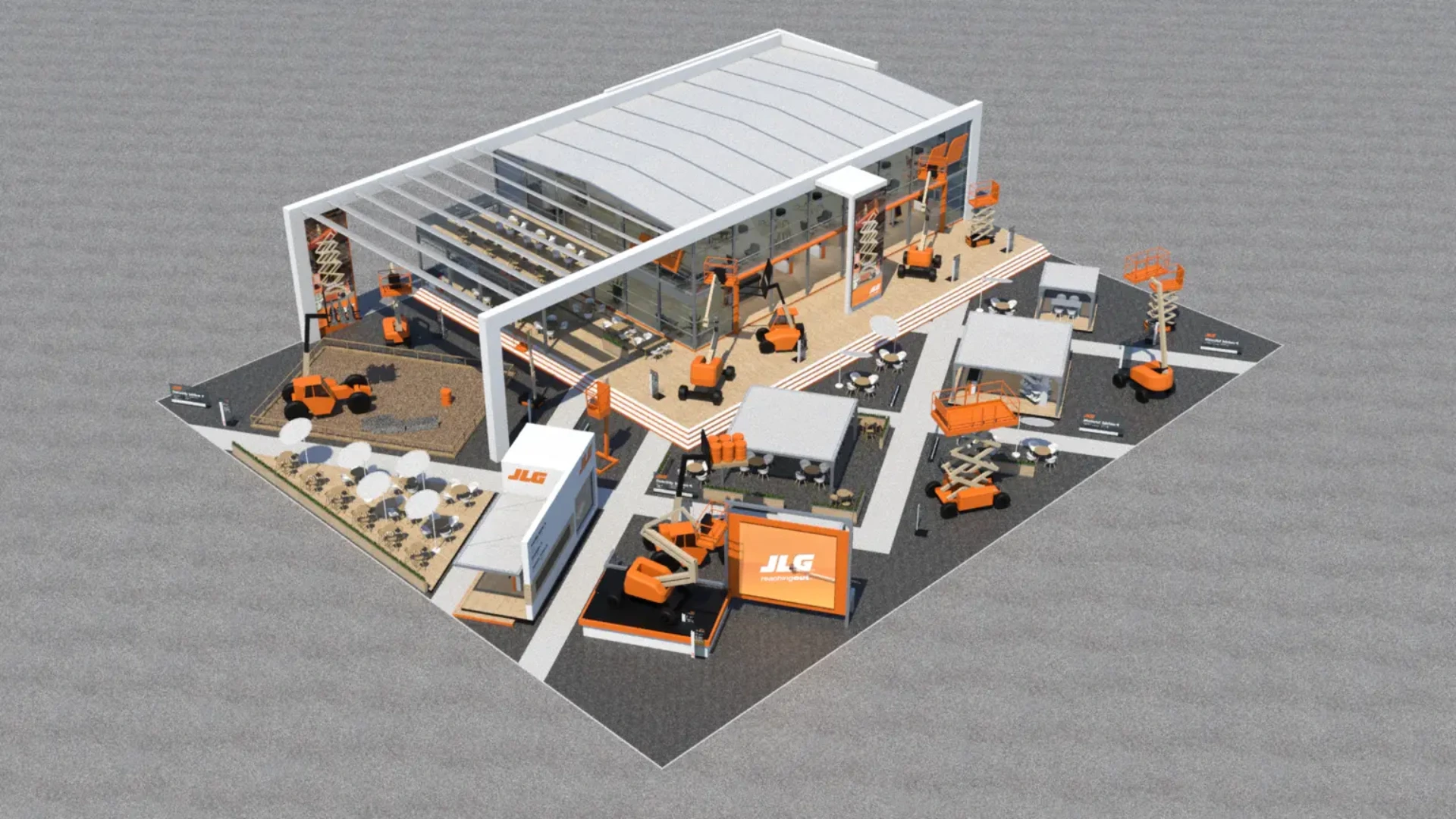
At ConExpo, JLG Industries used VR headsets to simulate their newest construction equipment. Attendees could virtually sit in the operator’s seat, explore control panels, and understand the machine’s full capabilities, all without ever stepping outside the booth. The result? Greater understanding and higher engagement.
Use for: B2B expos, manufacturing virtual trade shows, real estate previews, automotive showcases
Why it works:
- Eliminates the cost and logistics of transporting large-scale products
- Makes complex features easier to understand through interaction
- Enhances booth engagement and sales conversations
2. Storytelling Through VR Experiences
VR is one of the most powerful tools for emotional storytelling at events. Instead of telling your audience about your brand or mission, you place them inside the story, creating a memorable and often moving experience that deepens brand connection.
Real-World VR Event Example: Bushmills VR Distillery Tour
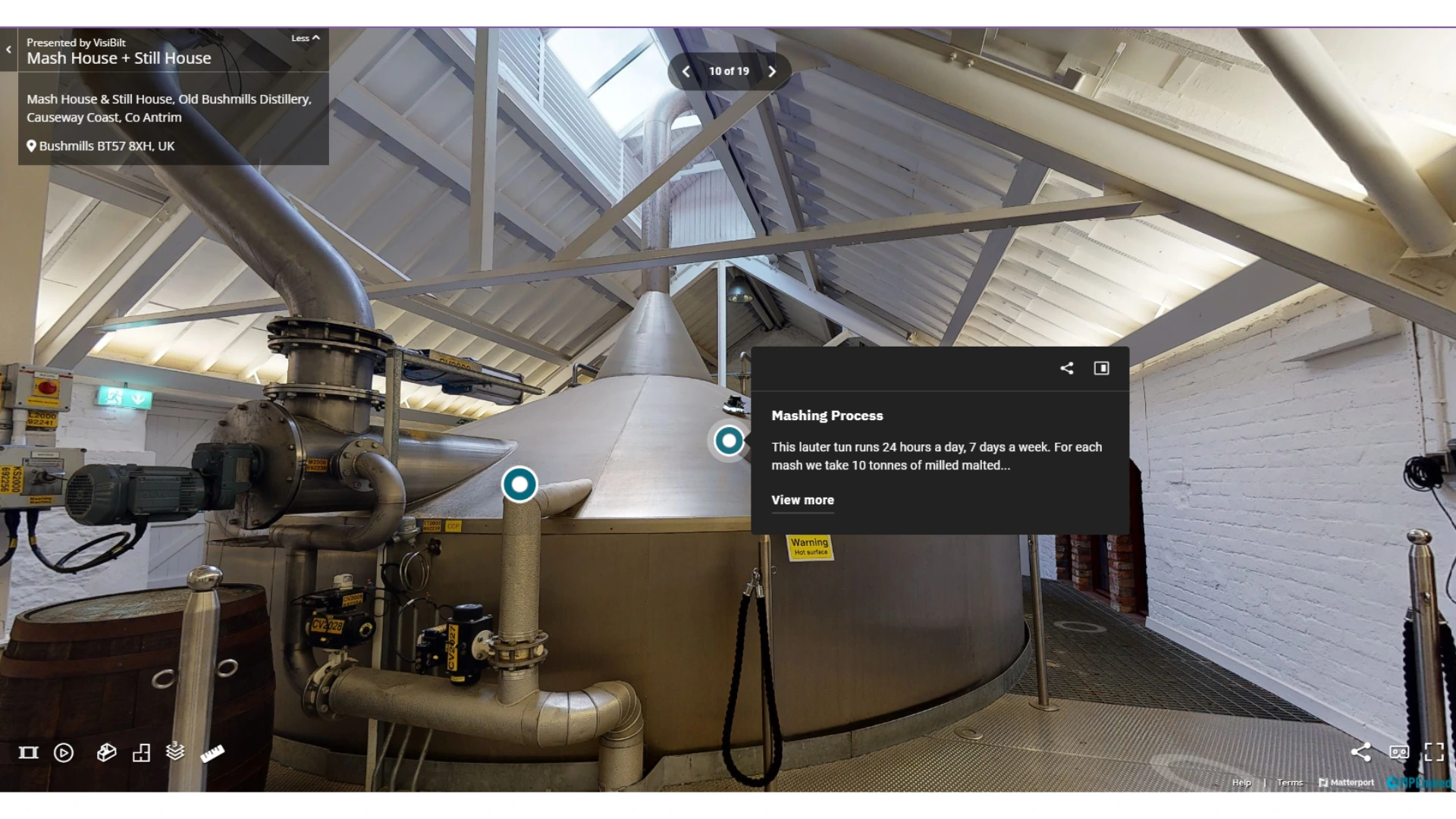
To connect attendees with the heritage behind its whiskey, Bushmills created a 360° VR tour of its Northern Ireland distillery. The experience brought the sights, sounds, and atmosphere of the space directly to viewers at in-store tastings, PGA events, and influencer gatherings, no travel required.
Use for: Sponsorship activations, destination marketing, brand experiences
Why it works:
- Delivers emotional impact through immersion
- Enables consistent storytelling across multiple locations
- Strengthens brand identity and recall
3. Shared Social Moments in Virtual Spaces
Recreating the casual networking of in-person events has long been a challenge for virtual formats. But VR is starting to close the gap, offering shared, interactive virtual event platforms that enable free guest movement, conversation, and connection, just like at a real venue.
Real-World VR Event Example: SXSW Online XR
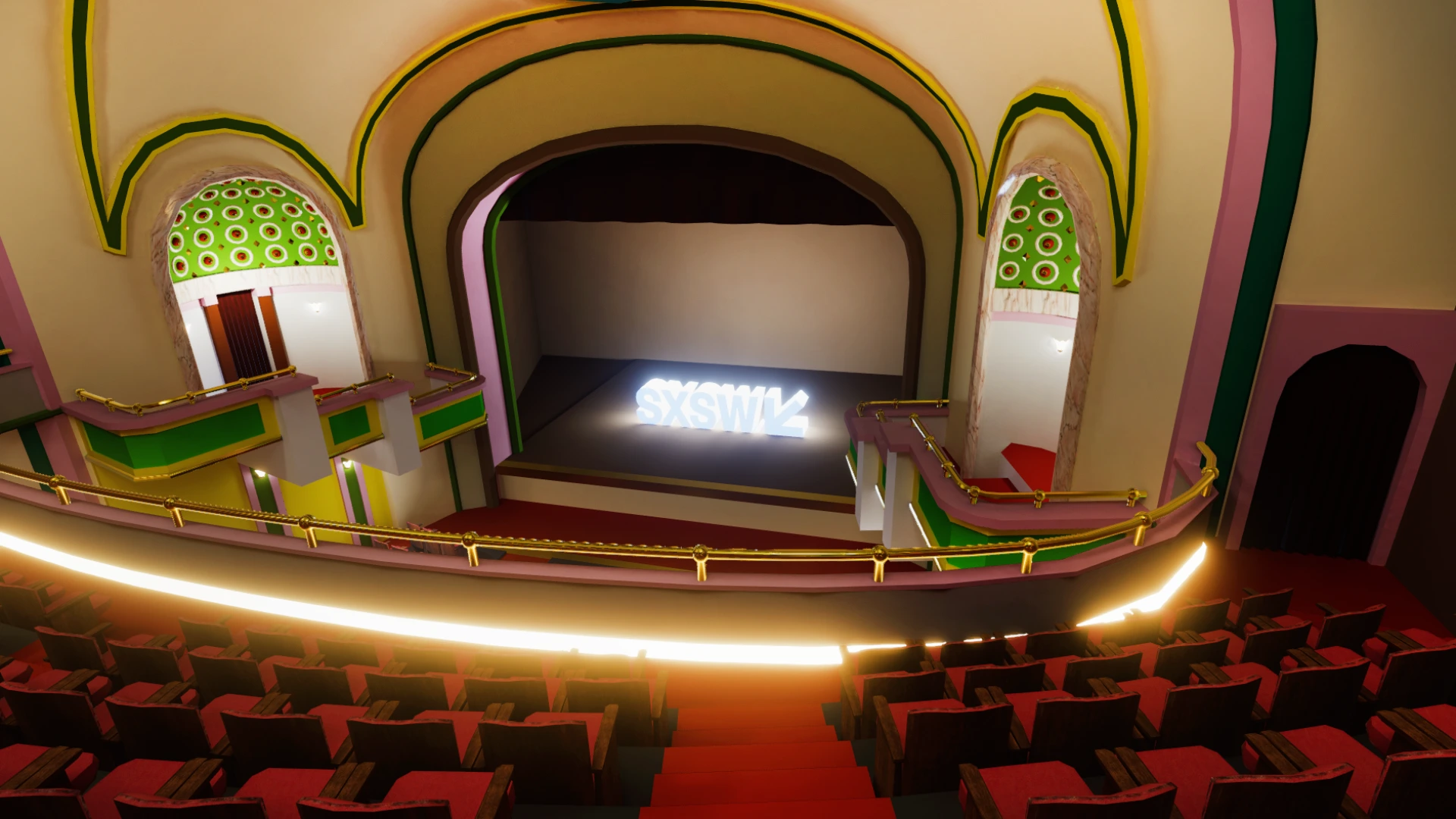
SXSW Online XR featured a fully immersive event world with avatar-driven interaction, virtual venues, and spatial audio. Attendees could explore art exhibits, drop into comedy shows, or chat casually in rooftop lounges, bringing the spirit of SXSW into a digital, social-first environment.
Use for: Trade shows, hybrid events, VIP networking, social hubs
Why it works:
- Supports spontaneous, proximity-based interaction
- Enhances attendee engagement and sense of presence
- Opens up new formats for sponsor or community activations
4. Virtual Simulations and Training
Some training scenarios, like emergency response, equipment handling, or high-pressure service, are difficult or dangerous to simulate in the real world. At events, VR is making it possible to deliver these simulations safely, consistently, and at scale.
For events specifically, organizers are using VR to train event staff, demonstrate technical workflows to attendees, or even let prospects test out tools in realistic scenarios, all without needing live equipment. These simulations not only improve learning outcomes, but also create engaging, hands-on experiences that boost booth traffic and dwell time.
Real-World VR Event Example: Walmart's VR Training Program
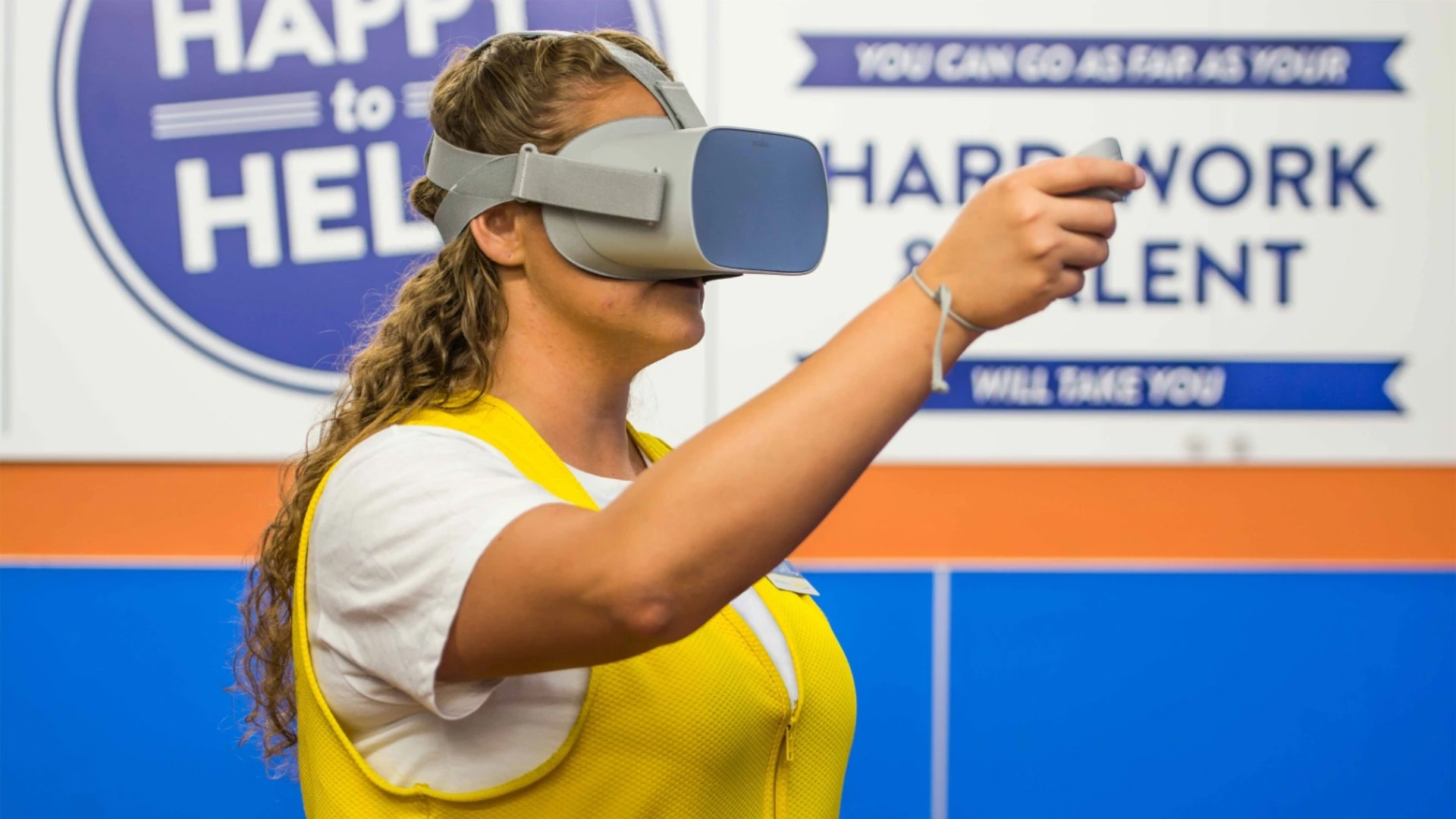
Walmart implemented VR training across U.S. stores using Oculus headsets and STRIVR software. Employees were trained in customer service, safety protocols, and how to manage high-traffic days like Black Friday, using realistic, repeatable scenarios that improved retention and confidence.
Use for: Virtual staff onboarding, safety training, product training, event crew readiness
Why it works:
- Provides a safe environment to test skills under pressure
- Increases training consistency and knowledge retention
- Scales across multiple locations and roles
5. Gamified or Themed Experiences
Gamification in events is nothing new, but VR takes it to the next level. Whether it's a competitive game or an immersive theme, VR event games drive interaction, increase virtual booth traffic, and leave attendees with something worth talking about (and sharing).
Real-World VR Event Example: Mountain Dew’s VR Skateboarding Experience
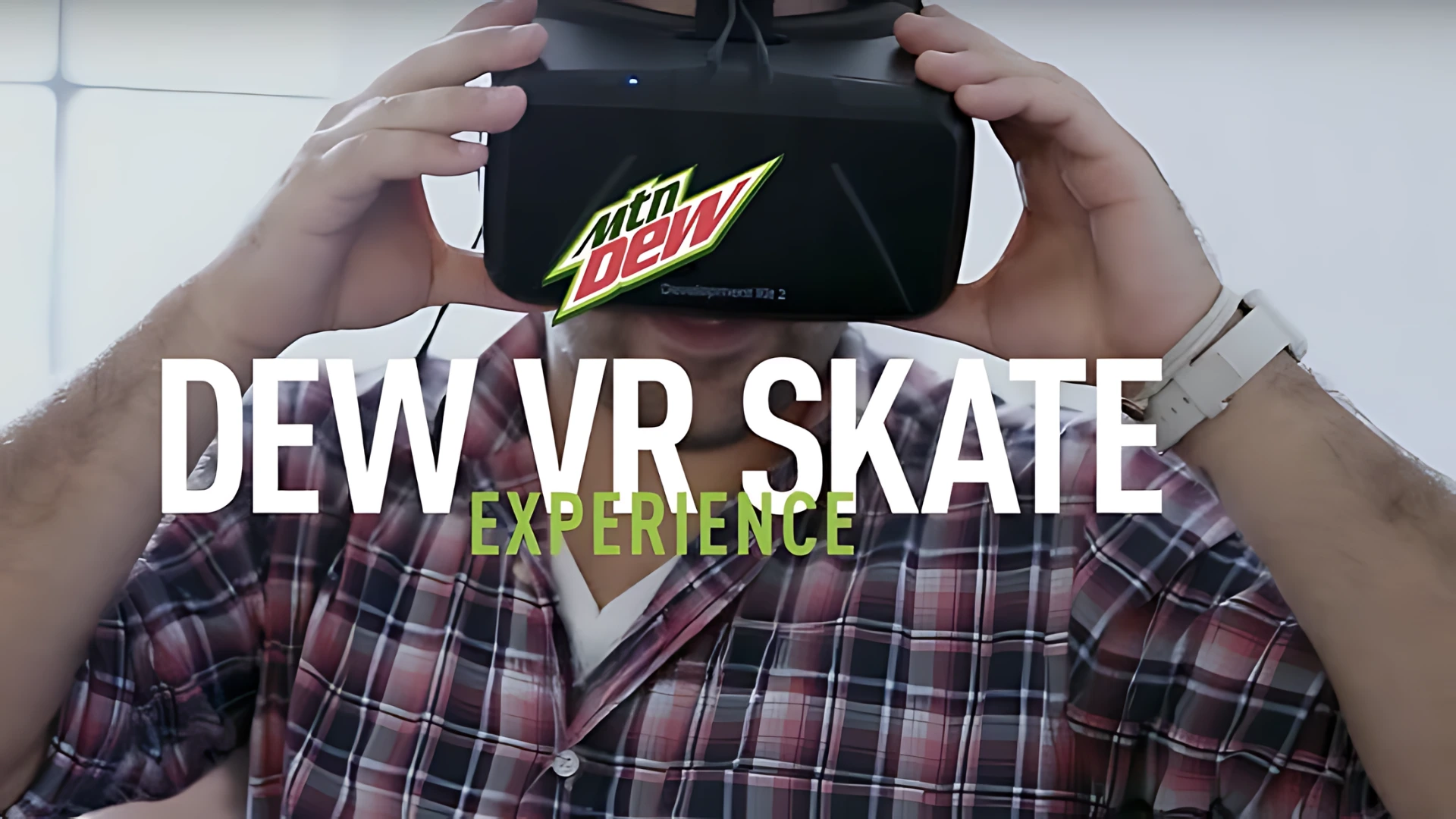
At music festivals and brand events, Mountain Dew launched a VR skateboarding game that let users ride through a branded digital city. It was fast, fun, and on-brand, turning attendees into participants while reinforcing the brand’s energetic, adventurous image.
Use for: Festivals, consumer expos, brand activations, sponsorship zones
Why it works:
- Draws crowds and increases dwell time
- Encourages sharing through fun, camera-ready moments
- Reinforces brand messaging through immersive play
6. Virtual Tours
Virtual tours let key stakeholders explore destinations, venues, or facilities in fully immersive 3D. Whether it’s a scenic location, a detailed venue walkthrough, or a behind-the-scenes look at a production facility, VR tours give people the freedom to explore at their own pace, making them ideal for tourism expos, venue showcases, and hybrid event previews.
By integrating VR tours into event planning, organizers can give stakeholders like sponsors, exhibitors, and speakers a richer sense of place. Not to mention, it’s great to spark curiosity, build trust, and make the overall event experience more memorable.
Real-World VR Event Example: Universal Eventspace Virtual Tour
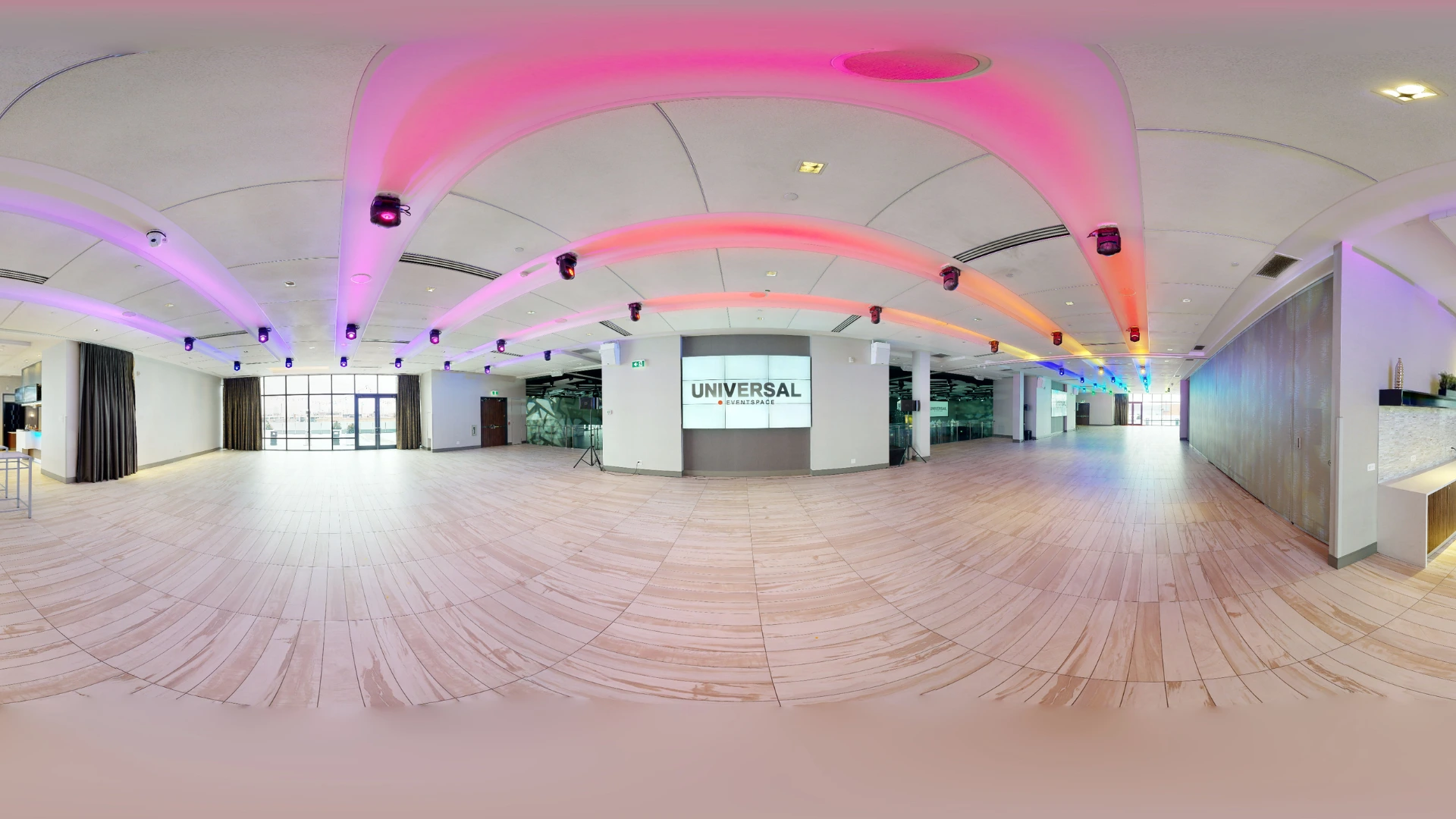
Universal Eventspace—an 85,000 sq ft venue—used a Matterport-powered VR tour to let potential clients explore every detail of its space remotely. This interactive experience helped event planners visualize layouts, seating, and design possibilities without ever stepping foot inside, making it easier to book and plan events.
Use for: Tourism events, venue showcases, university fairs, destination marketing
Why it works:
- Offers remote access to hard-to-reach or large venues
- Creates a stronger emotional connection than photos or videos alone
- Speeds up decision-making for planners and clients
These kinds of shared VR spaces don’t just mimic live events, they bring back the spontaneity and human connection that so many virtual formats miss. For organizers looking to boost engagement and foster real interaction, VR in events offers a scalable, immersive way to make networking feel natural again.
Best Practices for Using VR in Events
With so many creative possibilities, it can be tempting to go all-in on VR right away. But the most successful VR event experiences don’t try to do everything, they focus on doing the right things really well.
Whether you're incorporating VR in event management for the first time or expanding on what’s worked before, these best practices will help you design experiences that wow your attendees without overwhelming them (or your team).
1. Start Small with “Wow” Moments
Instead of building your entire event around VR, focus on a few standout moments. A well-placed product demo, immersive brand story, or fun VR event game can have more impact than a full agenda packed with headset sessions. Think of VR as a spotlight, not the whole stage.
2. Design for Comfort and Accessibility
Not every guest is ready to jump into a standing, room-scale VR experience. Provide options like seated experiences or guided interactions to make your VR event more inclusive. Safe, easy-to-use setups help eliminate friction, especially for first-timers.
3. Train Your Staff (and Your Attendees)
Even the best VR at event examples can fall flat if no one knows how to use the technology. Make sure your staff is confident in setting up and assisting with headsets. It also helps to offer a quick tutorial or guided intro for guests so they feel at ease.
4. Measure What Matters
Data is key to proving in-person, hybrid or virtual event ROI. Use event metrics like headset usage, average dwell time, and engagement rates to evaluate what worked. If you're using VR in event management for lead gen, track post-experience conversions like brochure downloads or booth visits.
5. Keep It Short and Impactful
Avoid “demo fatigue” by keeping your VR event experiences concise, ideally 2–3 minutes. Prioritize emotional resonance and clarity over complexity. A short, powerful moment is more likely to be remembered (and talked about) than a long, confusing one.
Done right, VR doesn’t need to take over your event, it just needs to enhance it. Thoughtful planning, smart execution, and clear goals are what separate unforgettable experiences from forgettable gimmicks.
Why VR Still Isn’t Everywhere—But That’s Changing
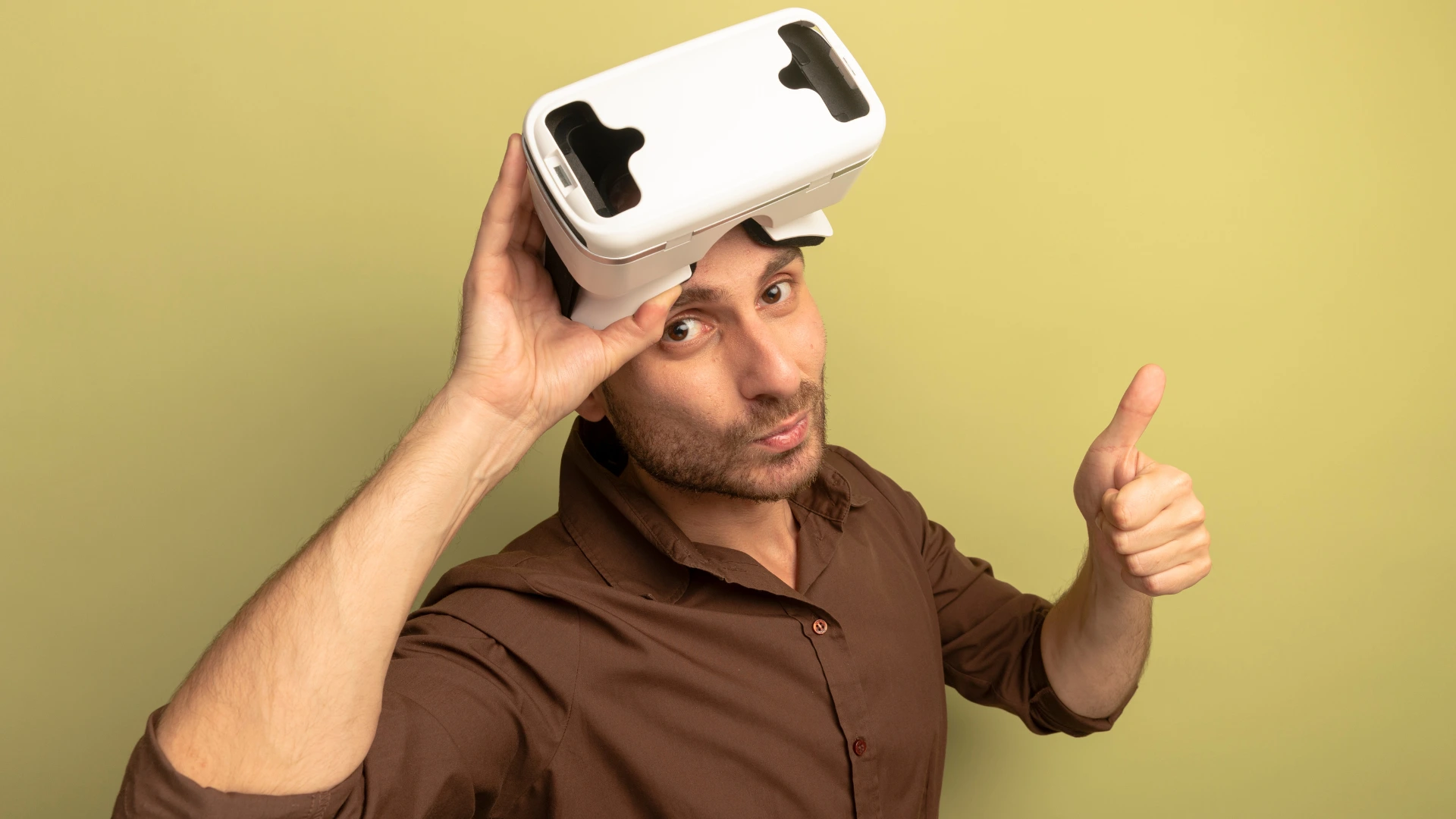
By now, it’s clear that VR in events is no longer just a trend, it’s a toolkit. But if that’s the case, you might be wondering: Why aren’t more events doing this already?
The short answer? We’re still in a transition phase. Despite all the exciting progress, VR in event management still faces a few very real barriers:
- Hardware costs can be high, especially for headset-heavy activations at scale.
- Setup complexity and logistics often require time, space, and technical know-how.
- User comfort and familiarity vary widely, not everyone’s used to navigating VR.
Even among tech-forward planners, there’s still a bit of hesitation. As Josh Bankston noted in the State of XR and AI in Events 2025 Q2 Field Report, “The cultural adoption curve just hasn’t caught up with the tech.” Andy Fidel echoed this sentiment, explaining that event organizers are interested but need easier ways to experiment without making big upfront investments.
That said, things are moving quickly. With the rise of more affordable and portable headsets like Meta Quest 3, and even high-end devices like Apple Vision Pro entering the conversation, accessibility is improving. And as more VR event examples prove their ROI, the industry’s confidence is growing.
So if you’ve already explored even one of the use cases or best practices outlined above? You’re ahead of the curve.
From Novelty to Utility—Your VR Game Plan for 2025
VR may not be everywhere just yet, but for event organizers willing to experiment, it’s already delivering meaningful results. Whether it’s an immersive product demo, a branded storytelling moment, or a playful VR event game, the most impactful uses of VR in events aren’t the biggest, they’re the most intentional.
You don’t need a fully VR-powered event to make an impact. A few well-placed experiences can drive engagement, boost memorability, and give your attendees something worth talking about long after the event ends.
As device accessibility improves and real-world examples continue to prove ROI, VR is moving from a “nice-to-have” to a real strategic tool. The question now isn’t if VR belongs in events, it’s how soon you’ll make it part of yours.
For a deeper dive into where immersive tech is heading and how other organizers are making it work, the State of XR and AI in Events 2025 report from Events.com is a great place to start. And if you’re looking to create interactive, human-first experiences that don’t require a headset, book a demo with Remo to see how our immersive platform helps you bring people together in meaningful ways.
Frequently Asked Questions about VR Events
1. What is a VR event?
A VR event is an event experience that uses virtual reality technology to immerse attendees in a simulated environment. This can include product demos, virtual tours, interactive games, networking lounges, or entire event spaces recreated in 3D. VR events can be fully virtual or integrated into in-person and hybrid formats as an added layer of engagement.
2. How is VR used in events?
VR in events is used to create immersive, interactive moments that go beyond static content or presentations. Organizers use VR for:
- Product demonstrations that are too large or complex to showcase in person
- Emotional brand storytelling and 360° virtual tours
- Staff training simulations
- Gamified experiences that attract and engage attendees
- Networking in shared virtual spaces with avatar-based interaction
These experiences can be delivered through headsets at physical booths or accessed remotely in hybrid formats.
3. How does VR enhance attendee engagement during events?
VR event experiences boost engagement by making attendees active participants instead of passive viewers. Whether it’s exploring a product in 3D, stepping into a brand story, or playing a game that rewards interaction, VR increases attention, emotional connection, and memory retention. It also offers a novelty factor that encourages attendees to explore, share, and talk about the experience long after the event.







.webp)









